Route: Grafton to Inverell
Distance: 228km
Climbing: 3,200m
Held in October, Grafton to Inverell is one of Australia’s two most famous single-day races (the other being the Melbourne to Warrnambool). First held in 1961, the race is part of Australia’s National Road Series and is defined by a long and challenging climb up the Gibraltar Range partway through the stage.
Leaving Grafton and heading west on the Gwydir Highway the riders are in for a flat and fast start to the day. The first of two intermediate sprints comes after 46km, in the town of Jackadgery, before the road swings north west on the approach to the Gibraltar Range climb.
All told, the climb is 17.4km long at an average gradient of roughly 5%, with the road flattening out again 87km into the stage. From that point there’s still more than 140km left to race but there are no more climbs of great significance to take note of.
There is, however, another intermediate sprint point in Glen Innes after 161km, and after the race reaches its highest point after 175km, it’s gently downhill to the finish in Inverell.
Given there’s 140km of mainly flat roads to end this stage it should theoretically be one that’s contested by the sprinters. But the climb up the Gibraltar Range is long and hard enough to put many riders in difficulty.
If one of the pure sprinters is seen to be in trouble on the climb, you could see the teams of the other sprinters — particularly those that can climb, like Peter Sagabn — upping the tempo to ensure that the dropped sprinter can’t catch back on. Then it would be a case of continuing to drive the pace for the remaining 140km to ensure the pure sprinters can’t be there to contest the finish. Expect to see alliances between various teams who might be keen to contest the finish without the pure speedsters.
Then again, 140km is a long way and, given the right team support, a dropped rider could get back on to the peloton in that time. It just depends how far off the back they are when the climb ends, how many teammates they have around them and, again, how hard the peloton is driving. The presence of a breakaway could change the dynamic as well.
For those contesting the general classification this stage will be all about staying calm and staying in position. Get up the climb in the main field and stay there until the finish. The climb is too far from the finish to be decisive on the GC and the overall contenders are better off saving their energy for the mountain-top finishes later in the race.
Previous stages
- Tour of Australia 2014: an introduction
- Stage 1: Gold Coast TTT
- Stage 2: Currumbin to Cape Byron
- Stage 3: Nimbin to Grafton
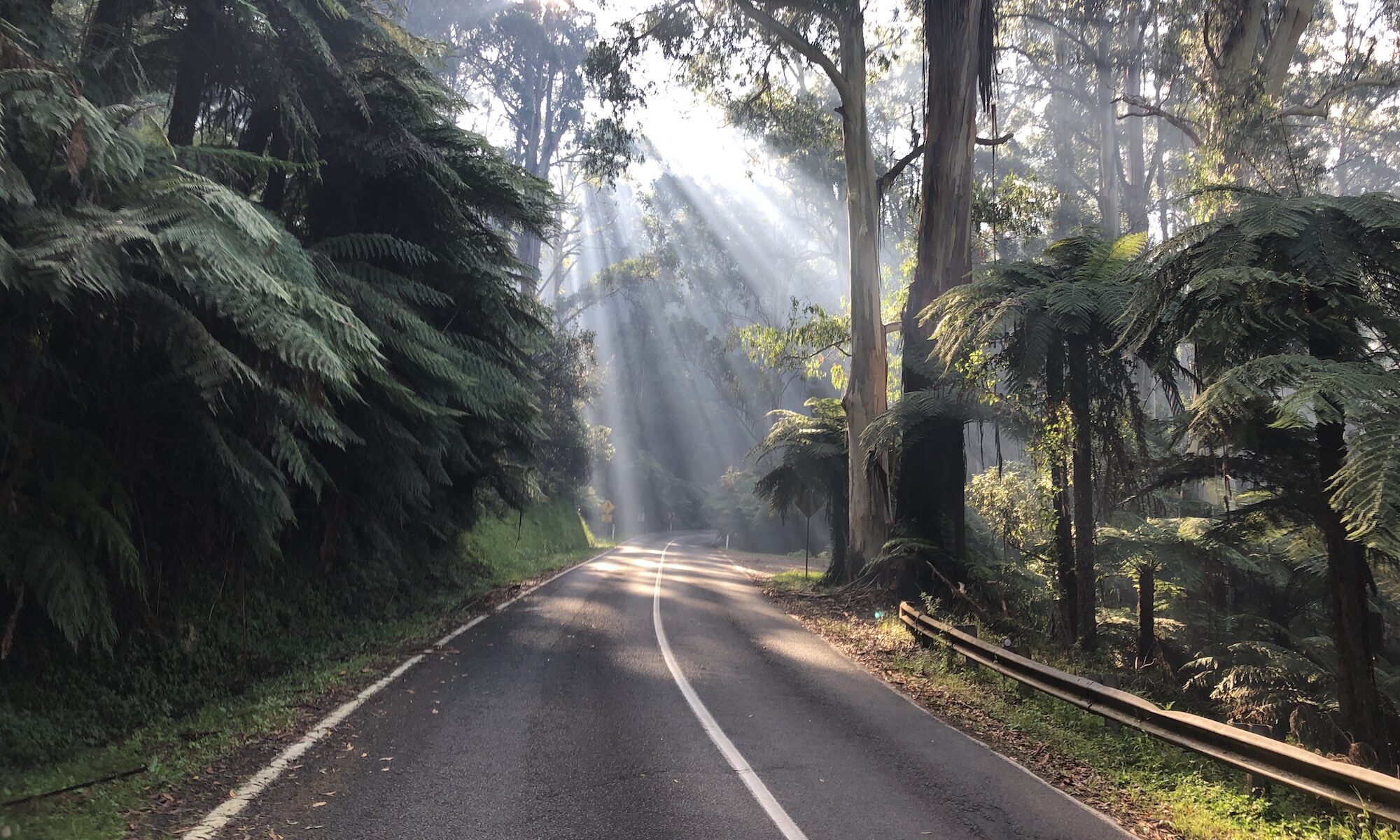
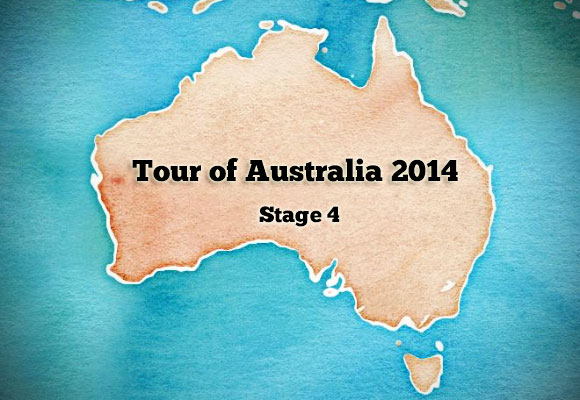

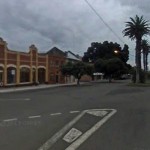
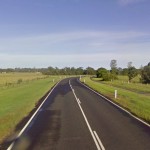
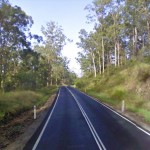
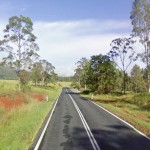
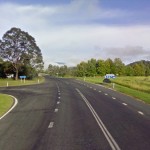
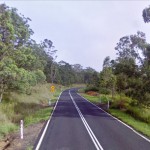


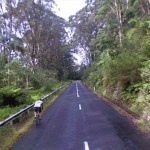
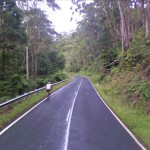
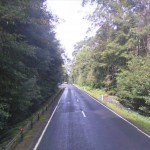
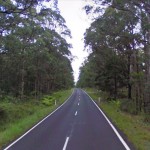
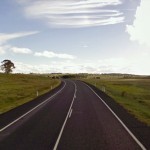
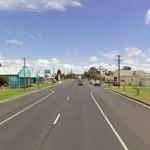
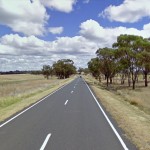
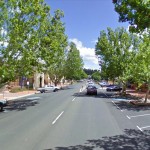


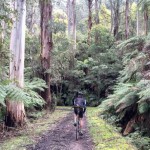
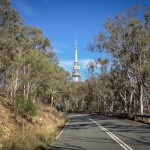

Looking at the profile makes you assume that aside from the range there is no climbing. But many competitors i suspect would point out that before and after the climb the road is filled with numerous leg breaking hills, they never seem to end at times. A very good stage for a breakaway. If you follow the modern course it seems impossible for all but the most dedicated sprint teams for a sprinter to win. With a decent climb within the last 5 km’s followed by a fast 3 – 4 k decent to the line this race will be one by an opportunistic strong man who can climb and sprint. Gilbert, fabian, gerrans type has the best chance. A sprinter possibly not and if they got back to the front any sprinter and team would be tired.
The chopper would fly over the Raspberry Lookout and Duffers Falls.
The switch backs going up the Gibralter range are a highlight of Australian cycling.
However, there is another way up the mountain and a short section of it is sealed. One can go up Old Grafton Rd and there is a 7.6km of road way that is sealed: http://www.strava.com/segments/1496353
obviously you are just following a set of rules for existing factual races that already occur
i guess i need to check what the definitional of fiction is again i seem to have forgotten
Part of the exercise is to try to make it realistic. Otherwise we could do 21 mountain stages and have 2000 km transfers. What we are producing we hope is a rideable tour with a mix of stage types with at most short transfers. Keeping the decisive stages to the end somewhat keeps the tension in the race. Having done this now for the 2nd year gives you an appreciation of course design and how tricky it can be to try to maximise the tourism potential and sponsorship of a race… it is supposed to have the look and feel of a grand tour.
Pretty disappointing you just ripped the already existing GI race and used it, everybody knows what it is and where it goes. And I don’t think you fooled anybody where it was going today after finishing in Grafton on stage 3. I was all excited when you started on the Gold Coast but then left QLD straight away. Might aswell call it the everywhere but WA, QLD NT tour. or the where too lazy to search for roads up north or west tour
Jack,
Trust me, the researching and effort that goes into this exercise is massive. We chose the grafton inverell stage to honour a great one day race. We are also aware of the many great climbs that are found in qld and we do intend on paying them more attention in future editions. We also have to be mindful of what a grand tour would look like and shape the course so the transfers are practical and that the race is backloaded. The reality though is in order to have high mountain stages, the only place in the country to do this is in the south east…
Hey David. Love your work. Here’s a protip: don’t feel obliged to respond to arseholes like “Jack”. He comes across as enough of a whinging prick that you don’t need to defend yourself; we can all see what he is already: a troll.
Move along Jack, poor form for attacking this project (which is well thought out and realistic).
David and Matt please keep up the good work.